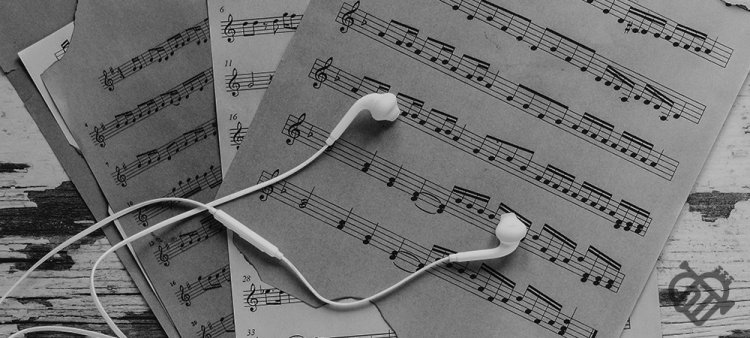Written and Oral Transport in Music
Discover the art of transposing music to adapt any piece to your instrument or voice range. Learn about written and oral transposition techniques, key signature changes, and more. Perfect for musicians seeking to master their craft.

Sometimes, we may need to change certain notes in place or pitch in the scores of a musical piece to adapt it to our needs at a given time. This is a problem that can be solved thanks to transposition. To learn more about this important technique, be sure to read this article.
What is transposing?
Transposing refers to the act of performing or rewriting a piece of music in a different key than the one originally written. This practice is done with the purpose of adapting said musical piece to an instrument or type of voice that is needed. For example, if a violin melody needs to be played by a double bass for some reason, it will be necessary to modify the pitch so it can be played, the same happens in a choir, if the part of a baritone needs to be sung by a soprano, the melody will have to be raised to her range.
Transposing can be done in written form or even mentally, below, I will explain both types:
Written transposition
In this type of transposition, the placement of the notes will be changed depending on the interval in which the transposition must be done. To start, the new key signature to which it will be transposed must be placed. For example, if we are in C Major and want to move up a major second, the new key will be D Major.
Once the new key is established, the position of each note must be changed. In the example we mentioned, it will be necessary to raise everything by a major second; in this sense, it is important to be aware of the new alterations indicated in the key signature and, of course, of the accidental alterations that may arise along the way.
Oral or mental transposition
This is done by only changing the key so that the notes that are written continue in the same place. In this way, the only thing that will be modified will be the name of the notes, but not the place where they go.
This technique is much more complicated than the previous one, to master it perfectly, it is necessary to know how to read music in all clefs, and it is also necessary to have clear what the new key signature will be, as well as the accidental alterations that the music may have at a certain moment.
It is important to highlight that this type of transposition has other rules:
- If the key to which it is transposed has more sharps or fewer flats relative to the original in the key signature, but these require accidental alterations, they must be played or sung a chromatic semitone higher. In this sense, the double flat becomes flat, the latter becomes natural, the natural becomes sharp, and of course, the sharp becomes double sharp.
- Conversely, if the key to which it is transposed has fewer sharps or more flats relative to the original in the key signature, but these require accidental alterations, they must be played or sung a chromatic semitone higher. In this way, the double sharp will be sharp, the latter will become natural, the natural will be flat, and the flat will be double flat.
Compliance with these rules is of great importance to ensure perfect technique.
As you may have realized, transposing is not a simple activity, it requires a significant mastery of intervals, key signatures, as well as reading in different clefs, for these reasons, constant practice is recommended. You will see that when you master it, you will use it more often than you imagine.
What's Your Reaction?


















